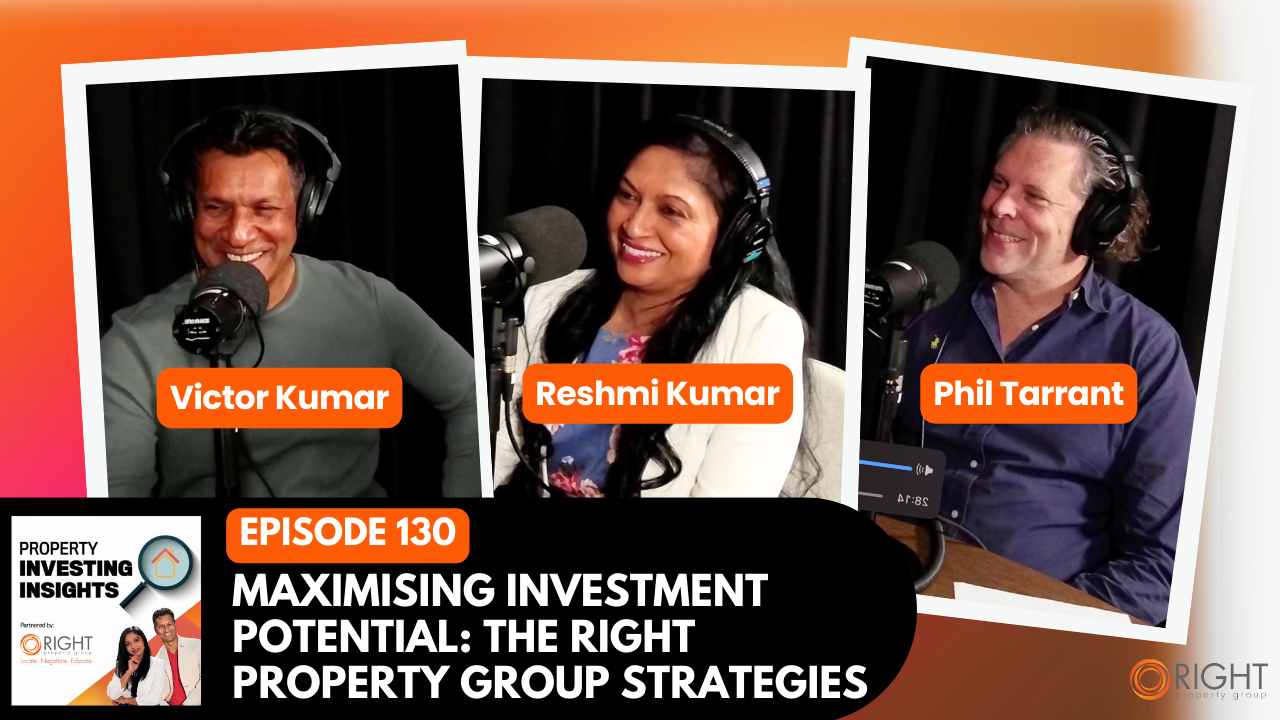How to profit from bad marketing and presentation
By Victor Kumar
The way property is bought and sold has changed a lot in the past 20 years.
A decade or two ago, most sellers would advertise their property in the newspaper and have the listing in the window of whichever real estate agent they had appointed to sell it.
Agents would also drive you around any properties you were interested in or you had to wait until the first open home to see what it actually looked like.
Today, of course, the sales process is much different, with the vast majority of properties listed online on sites such as realestate.com.au.
These days, buyers and investors search through the listings online before they decide which ones they will physically inspect, which means that photography and marketing are more important than ever. But not everyone seems to understand that.
Last month, in this series, we looked at benefiting from institutional sales (LINK) – so those properties that are being sold by institutions such as banks, via mortgagee in possession, or public trustees.
In the next blog in this series, let’s take a look at under-valued properties that only have their poor marketing and presentation to blame for their bad situation, which is something that investors can profit from.
Research has found that it is the photos of a property that help us to decide whether we will take our interest to the next level and make the effort to inspect it in real-life.
Many would-be buyers and investors are put off by bad photography, so that potentially reduces the competition for a property that hasn’t been presented as well as it could have.
Smart investors, however, look past these short-comings and visualise how the property could look with better lighting or perhaps with all the clutter removed.
This is especially true in the case of properties that are “generational sell-downs”, which means the owners have lived there for decades and therefore the interior can be dated with fixtures, fittings and furnishings that belong to a bygone era.
While there is increased demand for “retro” properties in some locations, dated interiors generally reduce their appeal and can result in a property that is undervalued.
The key, of course, is to look past the way it looks today and imagine how it could look tomorrow if you spent a little time and effort modernising the property to bring into the 21st century.
This leads us into another way that you can profit from bad marketing or presentation, which is when a property has been left only partly renovated.
While TV shows like The Block make great entertainment, they also have resulted in every second person thinking they are renovation experts and can make huge profits if they undertake a refurbishment all by themselves.
Unfortunately, renovations are not as easy as they make them appear on TV. In fact, in real-life, they can be hard work and if you don’t know what you’re doing it’s highly likely you’ll be left with a “reno from hell” on your hands.
If you do a quick search online, it doesn’t take long at all to come across partly-renovated properties that have been left in a state of disrepair because the owners ran out of cash long before the project was anywhere near complete.
Often they have also decided to renovate to their own tastes, which can also mean ugly, or they have tried to do a cheap reno using inferior products that just look bad.
Another major problem can be shoddy structural renos, such as removing a load-bearing wall, which means that the property is actually a serious hazard.
When you come across properties like this, where not only is the renovation ugly and partly finished, there may be a bathroom or kitchen missing entirely, you must get a thorough builder’s inspection before proceeding so you know exactly how much it is going to cost to bring the property back to an acceptable, and profitable, standard.
In today’s visual sales environment, there really is no excuse for poor marketing and presentation in my opinion, but that doesn’t mean that all sellers understand this concept.
Properties that have good bones, but just aren’t looking their best, can make great investments as long as you can see past its flaws.
Of course, you must also understand how much it’s going to cost you to turn these lemons into lemon trees with serious profit potential.
To read the first blog in the series, Click here. How to profit under market value property
To read the second blog in the series, click here. How to profit from distressed sales
To read the third blog in the series, click here. Benefiting from institutional sales


